
We provide intellectual property solutions that are tailored for your needs and requirements. For example:

A product, process or service can often be protected by different types of intellectual property rights, such as patents, trademark registrations, and design protection.
A patent grants its proprietor the exclusive right to utilize the invention covered by the patent. The exclusive right means that for a limited time, the proprietor of the patent can prevent others from manufacturing, selling or importing the invention. The patent proprietor thus has a competitive advantage but is also required to disclose the invention in return. The publication of the invention allows others to continue to improve the invention and drives the society’s technological development forward.
Design registrations can be used to protect the appearance of a product. Trademark registrations can be used to provide formal protection for a trademark.
Do not hesitate to contact us if you want help protecting your idea.

Patentability – what can be patented?
An invention is patentable if it fulfills three conditions:
To fulfill the condition of novelty, it is important that the invention is kept secret until the filing date. This implies that the invention must not have been published, presented, or used anywhere in the world before the filing of the patent application.
Grace period
The race does not always have to be over even if you accidentally would have published your invention before you filed your patent application. Some countries apply a grace period of up to 12 months after the publication of an invention. This means that within this period, you may still file a patent application in these countries without the earlier disclosure destroying the novelty of the invention.
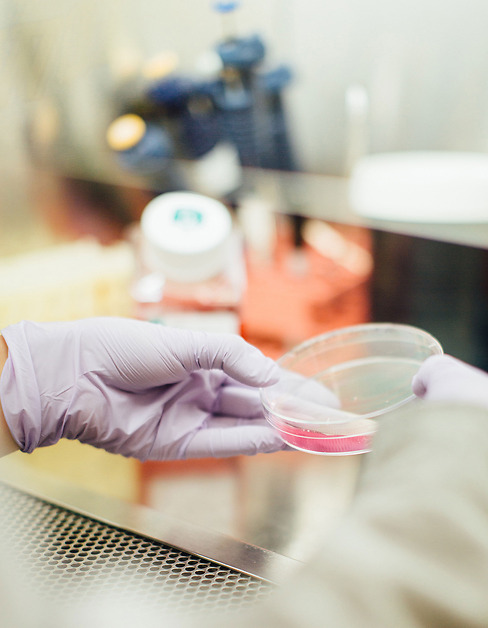
Applying for a patent or not – that's the question
Keep secret
As a patent application becomes public and the exclusive right of a patent only applies for a limited time, it may sometimes be better to keep an invention secret than to apply for a patent. However, this may not be suitable for all types of products and processes. Moreover, there is always a risk that a secret will be revealed.
Patent prophylaxis
An inventor may also consider publishing his invention, thereby preventing others from applying for a patent and obtaining exclusive rights for the same technology. After publication, the technology will no longer be novel and therefore not patentable.
We are experts in assessing the best path to choose.
What does patent protection imply?
Anyone who, without permission from the patent proprietor, utilizes an invention in a country where the invention is patented, infringes the patent. The patent proprietor may seek to negotiate a settlement with the infringer, or pursue the matter in court in the country where the infringement takes place. A patent proprietor is thus protected against the unpermitted use of the patented technology. In countries where the invention has not been patented, however, use of the technology cannot be prevented.
A patent is a national exclusive right
A patent is a national exclusive right and must be applied for in every country where patent protection of an invention is desired. To facilitate this, there are international agreements and regional cooperations.
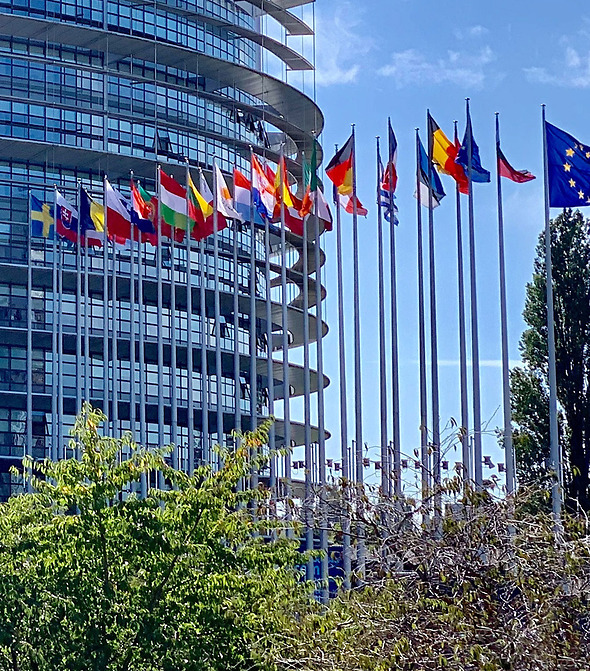
The national route
You can file your application (and pay the required fees) directly in each country where you wish to protect your invention.
For example, you can start with a Swedish patent application that is filed with the Swedish Patent and Registration Office (PRV). Within 12 months from the filing date of the Swedish application (the priority year), you may continue and file the same application in each country where you want to seek protection for your invention. The application is then processed by the national patent offices of the countries where the application has been filed.
Patent in Europa
If you want protection in several European countries, it may be most cost effective to file a patent application with the European Patent Office (EPO). The EPO acts as a central patent office for all European countries that are members to the European Patent Convention(EPC). The EPO searches and examines your patent application and then issues a central decision that is recognized by all countries that have joined the EPC.
Once your application is granted a patent by the EPO, you need to decide in which European countries you want the patent to be in force. You must then validate your patent in each of these countries by paying the necessary fees, and in some countries also submit a translation of the patent or the claims.
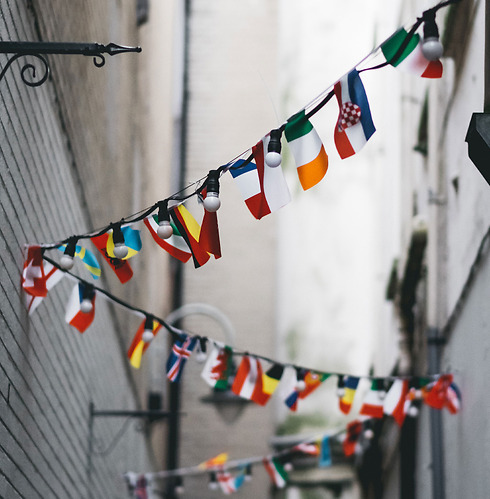
The international route
By filing your patent application under the Patent Cooperation Treaty (PCT), you will receive an international preliminary patentability assessment of your application. This international route can be chosen directly for the first application, or within 12 months from the filing date of a first national application.
Using the international route, you can wait until 30 months from the filing date of the first application before proceeding with the international application in those countries where you want to protect your invention. Thus, compared to the national route, you can postpone the decision in which countries you want to apply for a patent. This provides an opportunity to postpone the costs incurred with foreign applications and gives you more time to evaluate the potential of your invention.
The PCT procedure allows you to apply for patents in over 100 countries, based on a single international application.
How long is the term of protection?
Patents are granted, in Sweden and most other countries, for a period of 20 years from the date of filing. However, for some categories of inventions, mainly pharmaceuticals, the patent term may be extended.
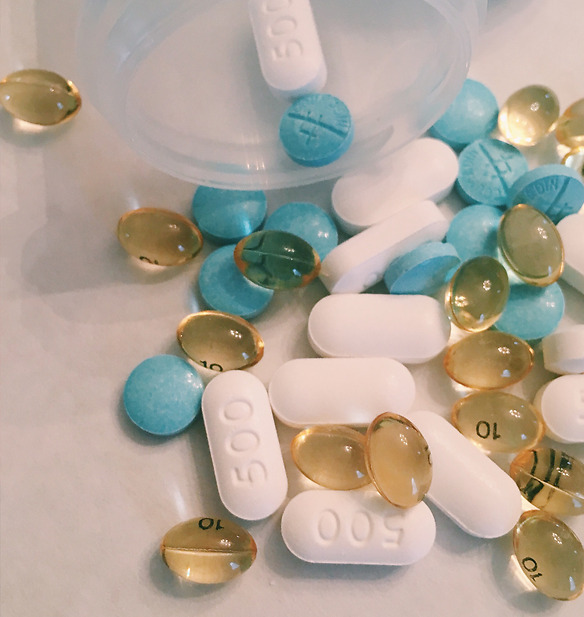
Normally, the patent term expires 20 years after the filing date of the patent application, but for pharmaceuticals and plant protection products you may apply for a Supplementary Protection Certificate (SPC) in the states of the EU where you have obtained a patent. An SPC may extend the regular patent term for a patented drug or plant protection product with up to 5 years.
The application for an SPC can only be made after a marketing authorization for a patent-protected product has been issued. The SPC is limited to the active compound(s) in the product and SPC must not have been previously issued for the pharmaceutical or plant protection product in question. The SPC cannot be granted for a period longer than 5 years.
If the SPC concerns a pharmaceutical that has been investigated in pediatric studies, however, the duration of the SPC may be extended by an additional 6 months.
Please contact us if you want to know more about supplementary protection.
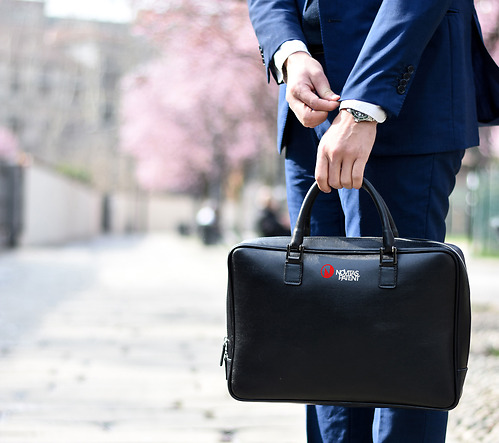
Patent Term Extension
In the US, it is possible to obtain an extension of the patent term for a product that requires regulatory approval before it can be sold, such as human and veterinary drugs, color and food additives, and medical devices. The patent term may also be extended for patents relating to a method of use or manufacture of such products. The extension can be up to 5 years. An additional 6 months can be obtained if a drug's suitability for children has been investigated (pediatric studies).
Do not hesitate to contact us if you want to know more about extending the patent term in the US.
Annual fees
In order for a granted patent to remain in force, renewal fees must be paid to the national patent office of each country. Once the patent has expired, others can no longer be prevented from using the patented technology. In some countries, renewal fees must also be paid during the application process.

Intellectual property rights often involve substantial investments and enforcing them sometimes requires rapid and effective measures.
Oppositions
Once a patent has been granted, many countries apply an opposition period during which third parties can oppose the grant. An opposition is a dispute-like procedure that is handled by the patent office that granted the patent, such as the Swedish Patent and Registration Office (PRV) or the European Patent Office (EPO).
The outcome of an opposition is that the patent is revoked, that the patent is maintained as granted, or that the patent is maintained in an amended form.
Patent litigation
A patent may be intentionally or unintentionally infringed. Hopefully, this can be resolved through settlements and agreements. Infringement proceedings are also frequently instituted just to get the other party to the negotiating table. In other situations, however, patent infringement may lead to court proceedings.
In the case of litigation, we act in technical litigation support roles.
.
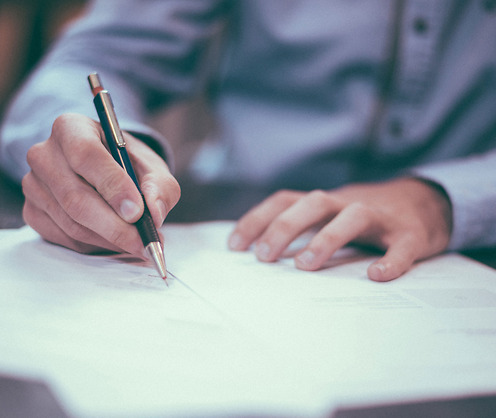
Freedom to operate
Before you start to develop, utilize, or market a product, service or method, it is advisable to first check whether there is a risk of infringing third party patents or whether you may become dependent on, or restricted by, the rights of third parties.
The situation can be assessed by way of a Freedom-To-Operate (FTO) analysis or market clearance investigation. This means that we search for similar patents and patent applications, and then analyze these to see if your product is at risk of falling within the scope of protection as defined in these patents or patent applications. In addition, we investigate whether the patents and applications that come up during the search are still in force, or still pending.
The FTO study is limited to those countries that are relevant to you. If a blocking patent is found, your product or service may need to be changed to avoid infringing the patent or it may be necessary to try and obtain a license.

Due diligence
Prior to an investment, sale, merger or acquisition of a company or business, a due diligence review is often performed to assess the value and risks of the investment.
IP due diligence means that we review a company's registered intellectual property rights. We put together a team and perform a systematic review, analysis and documentation of the company's registered intellectual property.
Novelty searches and technology reviews
Before you apply for a patent or start to develop a new product, it is helpful to first ensure that your idea or product is not already known or protected by someone else. We can assist with novelty searches for different purposes, for example to see if there are other solutions similar to your invention, to survey if there are any competitors, or investigate the latest technology in the field.
In order to conduct a novelty search, we need a description of the relevant field of technology, a technical description of the new idea or product, or the wording of the intended claims. A novelty search involves searching databases, followed by an assessment of the technical content of what is found in the search.

Business intelligence
A surveillance of your business area can help you understand and predict what is happening in a certain field of technology, and what competitors are doing. In collaboration with you, we can set up a profile to monitor patents and patent applications as they become published in a specific field of technology or by specific competitors. We can also set up surveys for competitors' product launches around the world.
Infringement investigation
If you suspect that someone is infringing your rights, we can help you investigate whether the competing business or product indeed infringes your patent.
If a counterparty claims that your business or product infringes their patent, we will similarly investigate whether your business or product has features that may fall under such patent.